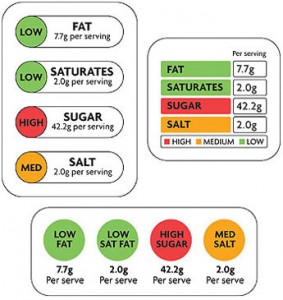When it comes to food, defining “healthy” is a major preoccupation of food companies these days. Marketers are falling all over each other trying to label food products with numbers or symbols to convince you that their products are better-for-you choices. These, as I keep saying (see posts under “Scoring systems”), are about marketing, not health.
Now, the Strategic Alliance, the component of the Oakland-based Prevention Institute devoted to “promoting healthy food and activity environments,” has produced a working definition of a healthful food. Its report, Setting the Record Straight: Nutritionists Define Healthful Food, applies three principles: Healthful food should be (1) wholesome, (2) produced in ways that are good for people, animals, and natural resources, and (3) available, accessible, and affordable.
This is a food system definition that makes scoring systems unnecessary. “Wholesome,” says this document, means foods that are minimally processed, full of naturally occurring nutrients, produced without added hormones or antibiotics, and processed without artificial colors, flavors, or unnecessary preservatives.
I wonder how many of those highly processed products in supermarket center aisles can meet this definition?


